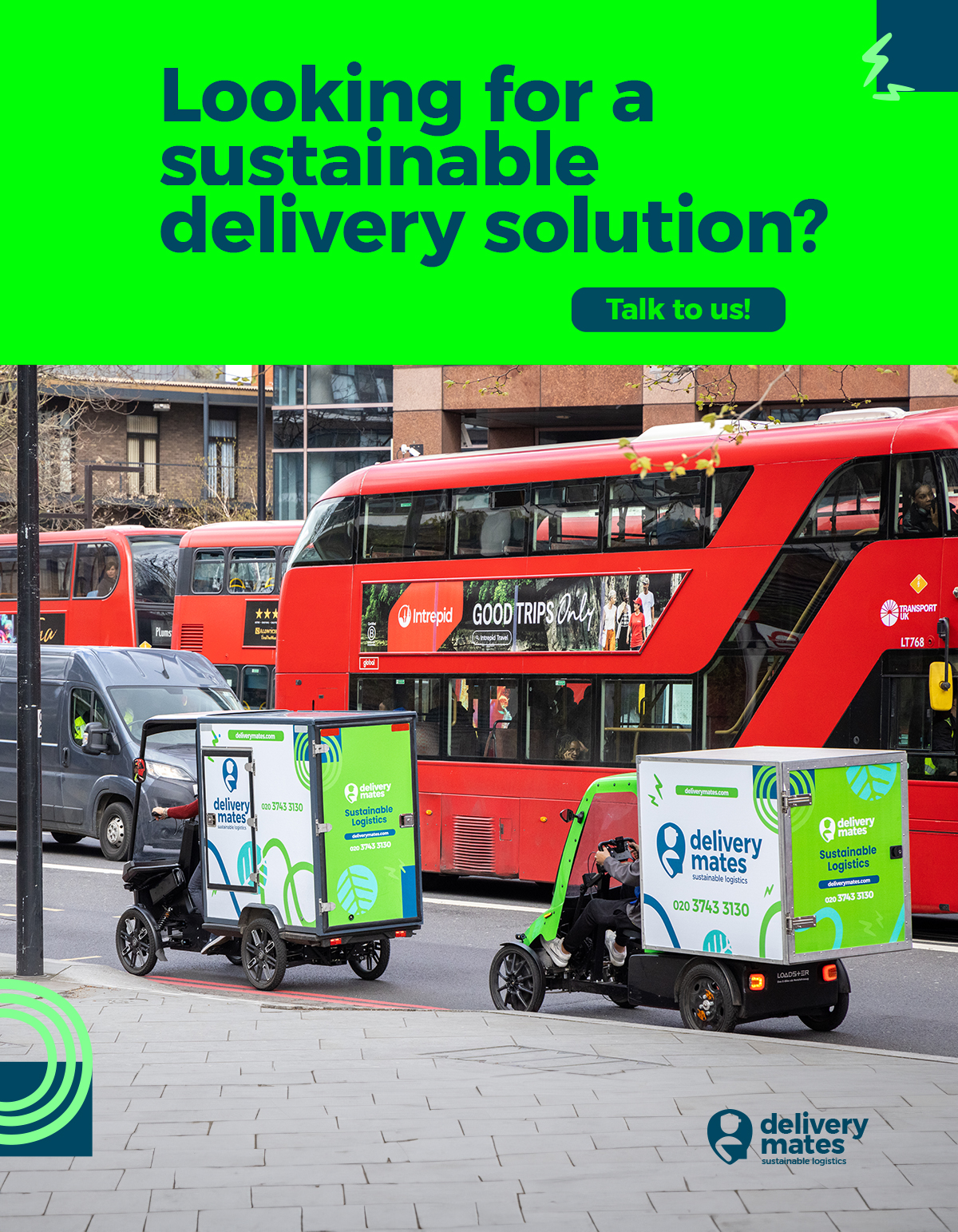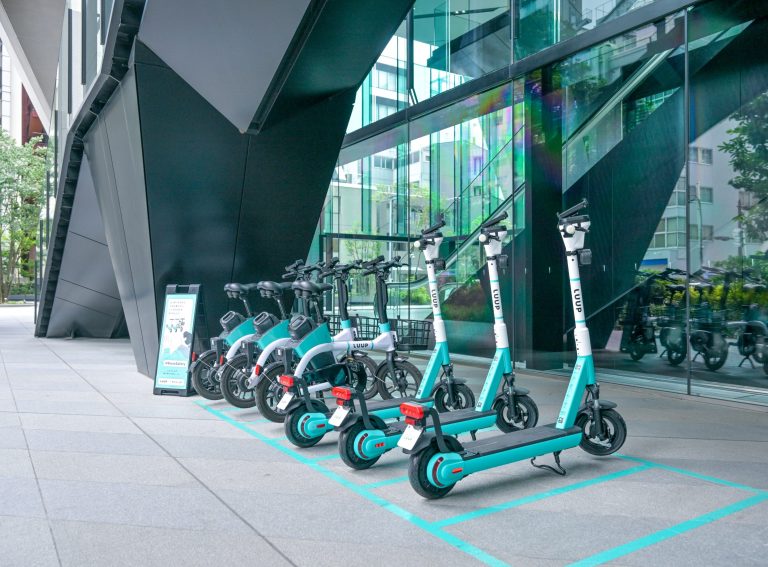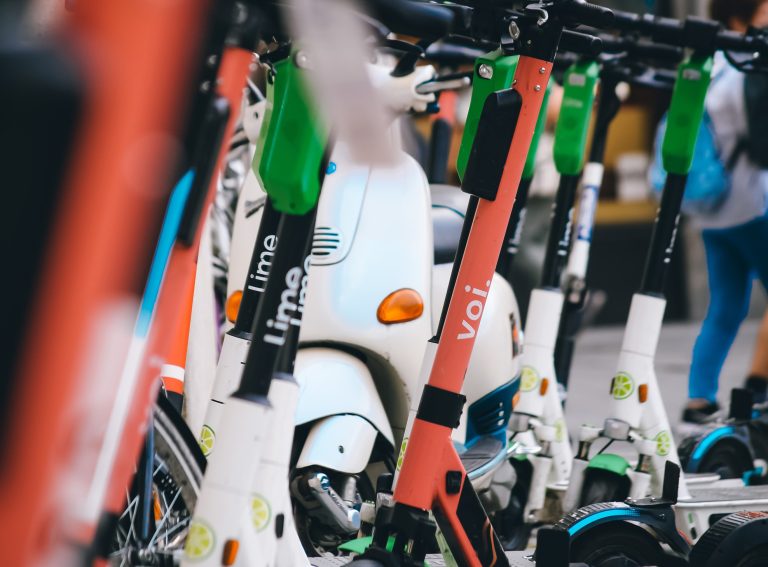The global micromobility value pools are expected to grow 9% per year to reach around $260 billion by 2025, according to the latest report by global consulting firm McKinsey & Company.
Kersten Heineke, global leader of McKinsey’s Center for Future Mobility (MCFM), presented the results this Thursday, 19, at Micromobility World Conference.
“We do expect this market to be growing consistently and constantly over the next couple of years”, said Heineke. “Obviously further growth is expected as you roll it out to future years into the early 2030s. And you also do see that the growth differs a bit region by region”.
The study forecasts that Europe should see the largest increase in the period by reaching $60 bn by 2025, the same market size as North America.
“Europe is one of the fastest growing markets. Why is that? Because we do see that European citizens actually have a very favorable stance towards micromobility,” said Heineke. “They use bicycles, especially e-bikes, but also micromobility scooters much more frequently since the pandemic, and we expect this to continue going forward based on our user research”.
Growth in all market models
McKinsey’s study also forecasted that shared ownership models could increase globally by seven times and private ownership can double in size by 2025.
While private e-bicycles are likely to remain the leading micromobility mode globally ($160 bn by 2025), private e-scooters have the highest growth potential. The e-scooter market is predicted to grow from less than a billion dollars today to $6 bn by 2025.
“These are good news for the entire micromobility industry”, said Heineke. “But we definitely do expect different growth patterns across these modes depending a bit on the regional focus.”
Continued consumer adoption
Heineke also anticipated that McKinsey’s next report with 2022 data will show that consumer preference towards micromobility is increasing.
“Around 70% of global consumers say they would use micromobility for the daily commute. Great sign. We recently pulled out our 2022 surveys and a sneak peek is that preference towards micromobility is increasing and has increased even more last year versus the other years”, said Heineke.
According to the executive, this behaviour tends to move forward regardless of the boom in the pandemic. “Even though one may have made the argument that Covid was sort of a one-time thing with regards to mobility shift, we do see this continued and we do expect people to shift their behaviour towards micromobility even more,” said Heineke.




